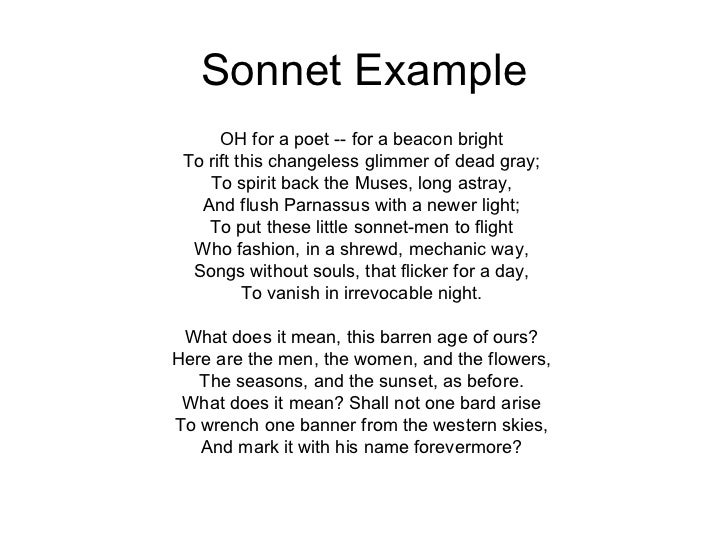

Vincent Millay creates a departure from the Petrarchan convention of ideal, courtly love. My scorn with pity, -let me make it plain: I shall remember you with love, or season Of my stout blood against my staggering brain, Think not for this, however, the poor treason

To bear your body’s weight upon my breast:Īnd leave me once again undone, possessed. Your person fair, and feel a certain zest Example 2: I, Being Born a Woman and Distressed by Edna St. Donne’s choice of theme is an elegiac reversal rather than eulogizing the death of a person, the sonnet praises the death of “Death” himself. In addition, the sonnet hints at an afterlife in the final couplet, as the promise of humans waking “eternally,” and ultimately overcoming death so that he “shalt die” instead.

Donne brings death as a metaphysical entity into the physical world as a means of lessening its power over humankind. This sonnet is perhaps the most famous of Donne’s “holy sonnets.” In the sonnet, the poet addresses “Death,” personifying him as a braggart. One short sleepe past, wee wake eternally,Īnd death shall be no more death, thou shalt die. Thou art slave to Fate, Chance, kings, and desperate men,Īnd dost with poyson, warre, and sicknesse dwell,Īnd poppie, or charmes can make us sleepe as well,Īnd better then thy stroake why swell’st thou then? Rest of their bones, and soules deliverie. Much pleasure, then from thee, much more must flow,Īnd soonest our best men with thee doe goe, Mighty and dreadfull, for, thou art not soe,įor, those, whom thou think’st, thou dost overthrow,ĭie not, poore death, nor yet canst thou kill mee.įrom rest and sleepe, which but thy pictures bee, Common Examples of Sonnet Themesĭeath be not proud, though some have called thee



 0 kommentar(er)
0 kommentar(er)
